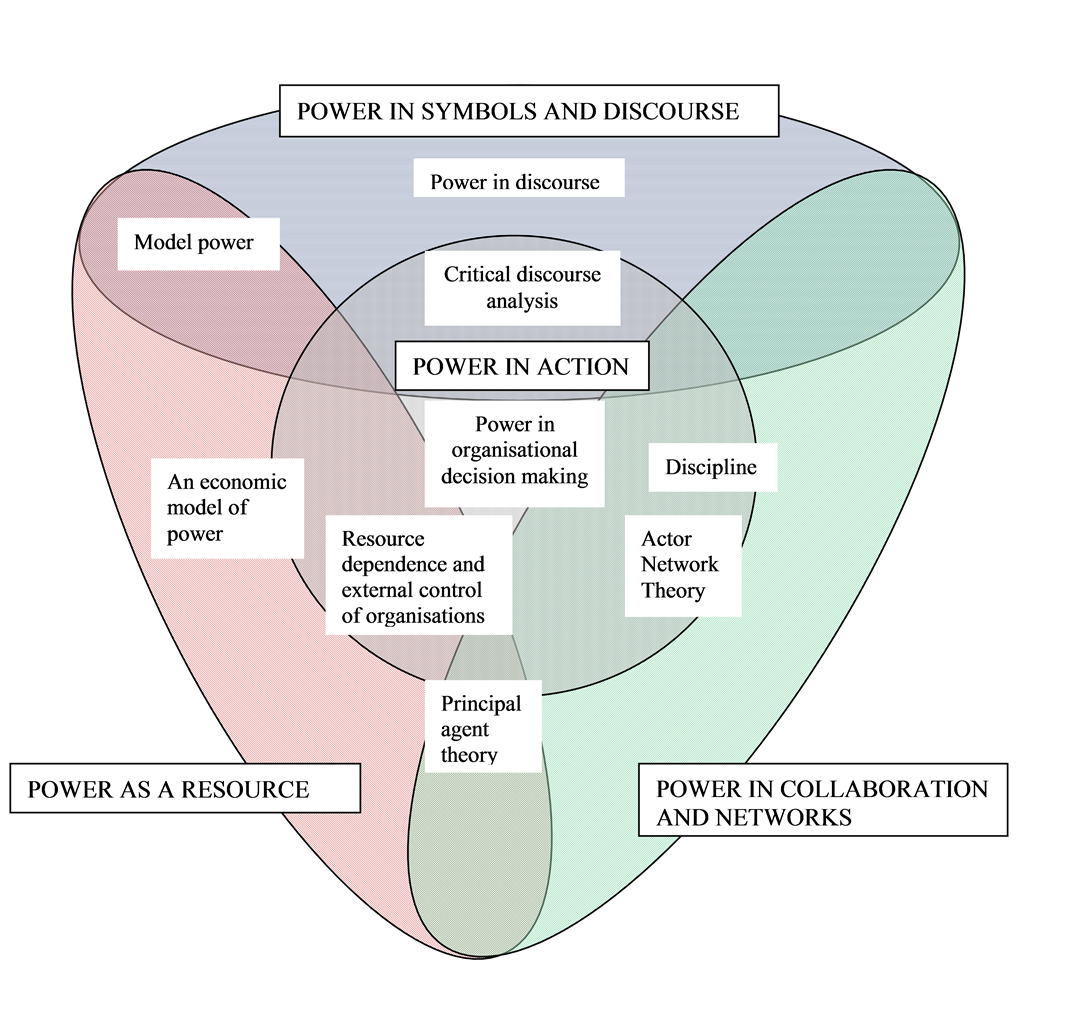The project is funded by the Research Council of Norway through the programme Petromaks 2. It is carried out by a consortium comprising by the University of Stavanger (project coordinator), NTNU, SINTEF and the University of Oslo.
The SINTEF and NTNU contribution to the project is based on the observation that compliance monitoring and enforcement are highly salient and explicit aspects of regulation. We address the following research issues:
- How does the salience of compliance monitoring and enforcement in regulatory activities influence the safety work in the regulated organisations? Is this salience reflected in a corresponding focus on compliance monitoring and enforcement in safety management activities? Does such a focus divert attention and efforts away from alternative safety management approaches?
- How can the regulatory authorities promote the intentions of the legislators by means other than traditional approaches to compliance monitoring and enforcement? What other means have been used in the Norwegian petroleum sector? How do these regulatory approaches influence safety work in the regulated organisations?
The project builds on the findings in the project "Robust Regulation in the petroleum industry" (2008-2013), which was carried out by the same consortium (Lindøe, Baram & Renn 2014). The main contributions of SINTEF and NTNU to this project was to identify perspectives on power that may be relevant to the analysis of regulatory regimes (Rosness et al. 2011; see also the figure), and to analyse an episode around year 2000 when a controversy concerning safety threatened to disintegrate the existing tripartite collaboration on health, safety and environment in the Norwegian petroleum industry (Rosness & Forseth, 2014; Forseth & Rosness, 2015). We argued that the regulatory regime achieved robustness through its capacity to enroll new actors and redefine the roles of current actors when faced with internal disturbances or changes in the environment. The ability to engage in a conflict when HSE was under pressure and the capacity to subsequently join forces and revitalise collaboration were equally important aspects of this robustness.
